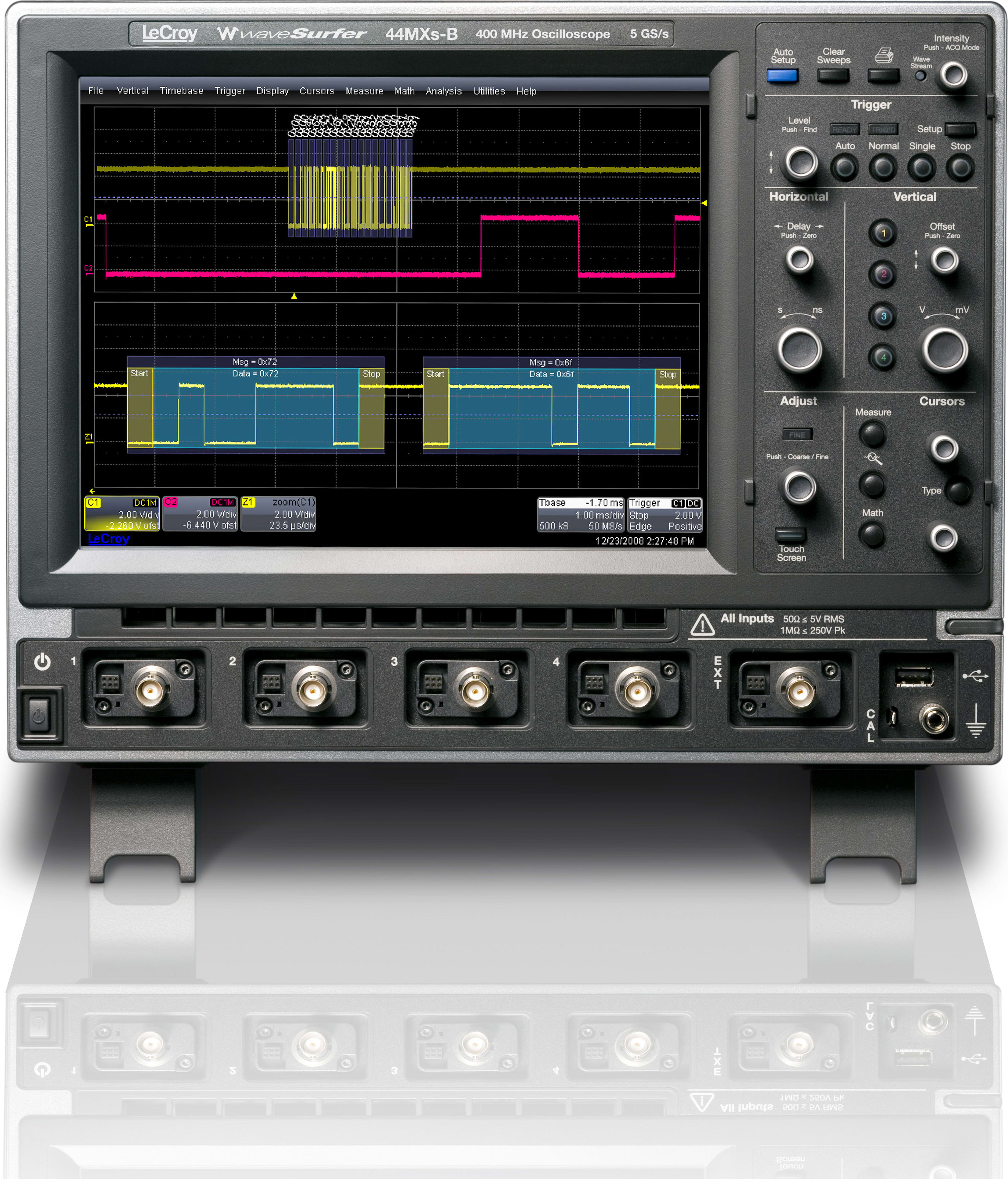
If you’re building an app you want to work on android and iOS, I recommend periodically running it on both platforms. We’ll continue developing with quasar dev, while periodically testing on an actual device to see things are working. This is a crucial feature for an efficient dev process. Quasar will create a Cordova app that’s inner WebView loads from this IP, thereby giving us the ability to develop with hot reload on our device. Choose an IP that’s accessible from your mobile device (they have to be on the same network). Now the CLI asks you which IP to serve on.
Wavesurfer export as image upgrade#
Note2: If you’re building for iOS, it’s recommended to upgrade from the deprecated UIWebView (that Cordova uses by default) to WKWebView using one of the methods described here To solve this, uncomment https: true, under devServer section in Note: Newer chrome versions block cleartext traffic by default, so Cordova’s internal WebView will throw an ERR_CLEARTEXT_NOT_PERMITTED error. Let’s start by installing the Quasar CLI. I assume you already have a working Cordova setup with android studio / xcode configured.


You get debugging on actual device with hot reload out-of-the-box. It seems more mobile-oriented than Vuetify, and also has an excellent CLI that works great for generating Cordova apps. Quasar is a UI framework built on Vue.js. We’ll load a local audio file from the device using html file input, render a waveform and add controls to play the audio. We’ll use Quasar and WaveSurfer to build a SoundCloud like cross-platform mobile audio player app.


 0 kommentar(er)
0 kommentar(er)
